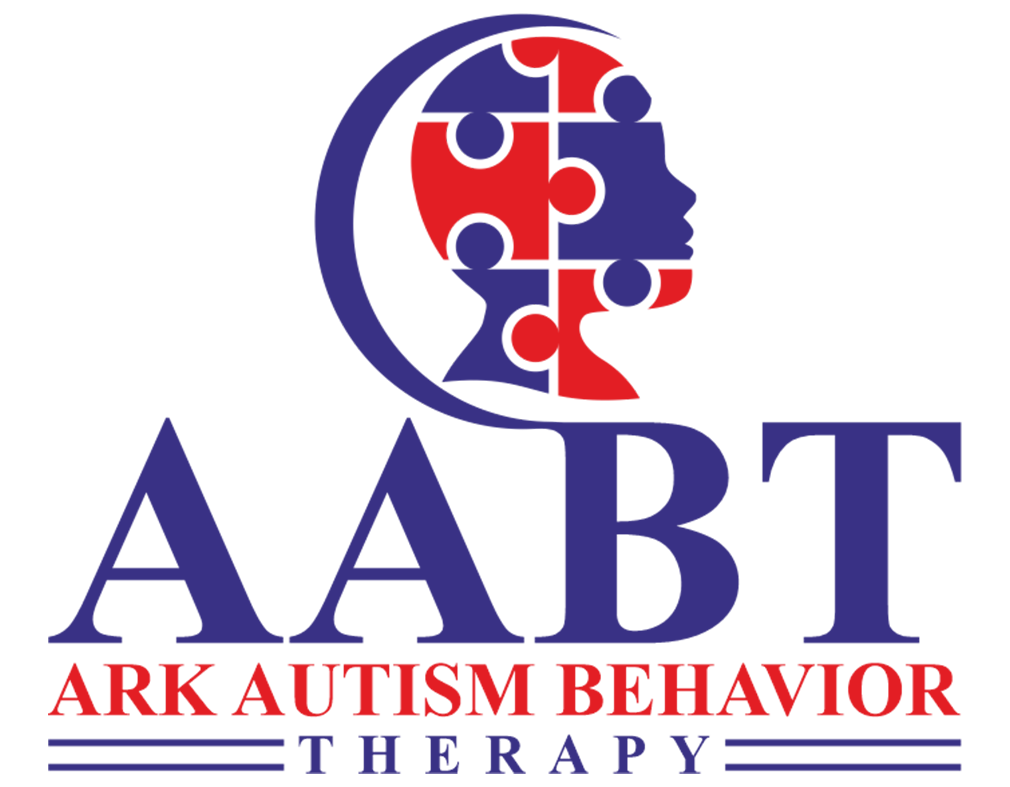Water Safety Tips for Children with Autism Spectrum Disorder
Water activities can be enjoyable and beneficial for children with Autism Spectrum Disorder (ASD), providing sensory stimulation and promoting physical fitness. However, it’s important to prioritize water safety to ensure a safe and positive experience for children with ASD. In this blog post, we will share valuable water safety tips specifically tailored to the unique needs of children on the autism spectrum.
Teach Water Safety Skills: Start by teaching basic water safety skills to your child. This includes understanding the dangers of water, the importance of swimming with a buddy or adult supervision, and the use of life jackets or other appropriate flotation devices. Use visual aids, social stories, or visual schedules to help reinforce these safety skills.
Establish Clear Rules and Boundaries: Create clear and consistent rules regarding water activities. Help your child understand where and when they can swim, and explain any limitations or restrictions. Use visual cues or social stories to reinforce the rules and boundaries, helping your child to better understand and follow them.
Provide Structured Swim Lessons: Consider enrolling your child in structured swim lessons specifically designed for individuals with ASD. These classes often have instructors with experience in working with children with special needs and can provide a safe and supportive environment for learning essential swimming and water safety skills.
Use Visual Supports: Visual supports, such as picture schedules or social stories, can be highly effective in preparing children with ASD for water activities. Use visual supports to explain the sequence of events, safety rules, and expectations before, during, and after swimming sessions. This visual structure can reduce anxiety and help your child feel more confident and prepared.
Sensory Considerations: Children with ASD may have unique sensory sensitivities that can affect their water experiences. Pay attention to your child’s sensory needs and preferences. If your child is sensitive to water splashing on their face, provide them with goggles or a swim cap to help reduce discomfort. Gradually introduce water activities and allow your child to explore at their own pace, providing necessary accommodations or adaptations as needed.
Maintain Constant Supervision: Always maintain close supervision of your child during water activities, regardless of their swimming abilities. Children with ASD may have limited safety awareness and may be more prone to wandering or impulsivity. Assign a dedicated adult to be the primary water watcher, ensuring that someone is always focused on your child’s safety.
Secure Fencing and Alarms: Implement safety measures such as secure fencing and alarms around pools or bodies of water at home. Fences should be at least four feet high with self-locking gates to prevent unsupervised access. Alarms can provide an additional layer of protection by alerting you if a door or gate leading to the water is opened.
Prepare for Emergency Situations: In the event of an emergency, it is crucial to be prepared. Learn CPR and basic water rescue techniques, and ensure that other family members, caregivers, or individuals who frequently interact with your child are also trained in these life-saving skills.
Conclusion: Water safety is a paramount concern when it comes to children with Autism Spectrum Disorder. By implementing these water safety tips, you can help create a secure and enjoyable water experience for your child with ASD. Remember, each child is unique, so adapt these tips to suit your child’s specific needs and abilities. With proper precautions and supervision, water activities can be a positive and rewarding part of their lives.
